Performance Pros and Cons of Keel Types
Published on January 18th, 2017
By Chris Beeson, Yachting Monthly
James Jermain has tested hundreds of yachts in his 30 years as Yachting Monthly’s chief boat tester, here he looks at the main keel types, their typical performance and the pros and cons of each type of keel.
The performance and handling of a yacht depends on many things, but perhaps the most important single feature is the shape of the hull and the profile of the keel. Over the years hulls have become shallower and keels narrower, but for many types of sailing this progression is not necessarily progress. Of the various shapes that have evolved, each has its own advantages in different circumstances. Here is a run-down of how they may fit your sort of sailing.
Fin Keel with Spade Rudder
This keel type has a low wetted surface area and aerofoil shape, which means speed and agility. It is the most common modern option, usually combined with light but beamy hulls with high freeboard.
The Pros for General and to Windward sailing of the fin keel include:
* Low wetted surface and good aerofoil shape means good speed, high pointing and quick tacking
* Light steering
* Best designs can slice through heavy seas in reasonable comfort
The Cons for General and to Windward sailing of the fin keel include:
* High volume, light-weight designs can be lively and tiring in heavy weather
* Flat sections can cause slamming
* Less steady on the helm, requiring more work and concentration
* Strong tendency to round-up when hard pressed
* Generally require earlier reefing
* Can be unstable when hove to
Downwind sailing pros of the fin keel include moving fast through the water and the boat will be quick to surf and may even plane. Cons of the fin keel are that the boat can broach easily and suddenly or it can be directionally unstable and hard to control in heavy conditions.
Under power, boats with the fin keel have precise handling and turn tight and quick, and some handle almost as well astern as ahead, while there is a limited lateral area so the boat may be susceptible to beam winds at low speeds, and an unattended helm can slam over suddenly.


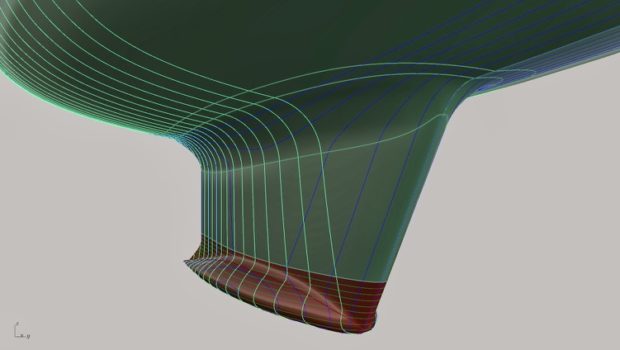


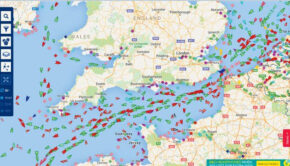
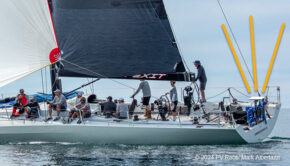
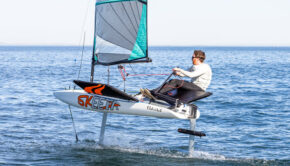
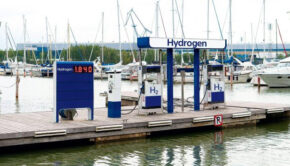
 We’ll keep your information safe.
We’ll keep your information safe.